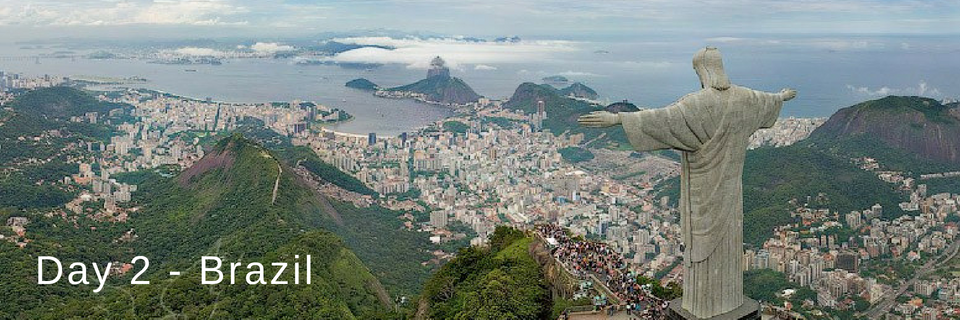World Cup 2018 – Drug Facts – Day 2 Brazil
Although they have won the World Cup five times, it wasn’t until April 2017 that the World Anti-Doping Agency (WADA) removed Brazil from the WADA Code Non-Compliant list stating that “The Brazilian authorities have successfully adopted procedural rules in line with the Code in order to regulate the activity of its newly established Disciplinary Tribunal.” However, drug abuse is still rife throughout Brazil.
Approximately 2.8 million Brazilians consume 18% of the world’s cocaine, meaning 1.4% of the country’s population are snorting or smoking a combined 92,000kg of cocaine every year. Drug use spreads from the slums, known as “Cracolândias”, to the middle classes.
In the slums, crack cocaine is smoked openly and in white, single hit balls that cost from three to ten reals this is equivalent to £1 to £3.30.
As Brazil now has the world’s second biggest crack cocaine epidemic, the authorities have launched a series of controversial strategies to combat the country’s drug problem. Since last year, Sao Paulo has brought in street clearance operations by police, increased funds for rehabilitation and involuntary treatment.
As neighbours of the world’s largest cocaine producing countries the vast, remote and largely unguarded borders mean illicit drugs are easy to come by in Brazil. The Secretary of Justice for Sao Paulo, Eloisa Arruda, said “the problem is similar to the 1980s crack cocaine crisis in the United States when the drug immersed cities and generated waves of violence. There’s been a big growth of people using crack in public… day and night people are permanently in the streets consuming drugs.” The Brazilian approach has been to treat the problem as a health care crisis, with President Dilma Rousseff launching a $2 billion drug prevention and treatment program.
Randox Toxicology provides highly sensitive ELISA kits for the rapid detection of drugs and metabolites. An Enzyme-Linked Immunosorbent Assay, or ELISA, is a test which uses antibodies to detect the presence of a substance. A 96-well microtitre plate is supplied precoated with an antibody. If the drug being tested is present in the sample, it will compete with the horseradish peroxidase enzyme labelled antigen for a limited number of antibody sites on the microtitre plate. Results are produced based on an enzymatic colour change.
To find out more about the ELISA kits and extensive test menu, email info@randoxtoxicology.com or visit randoxtoxicology.com. Also, don’t forget to check back tomorrow when we’ll look into another World Cup competing country.
